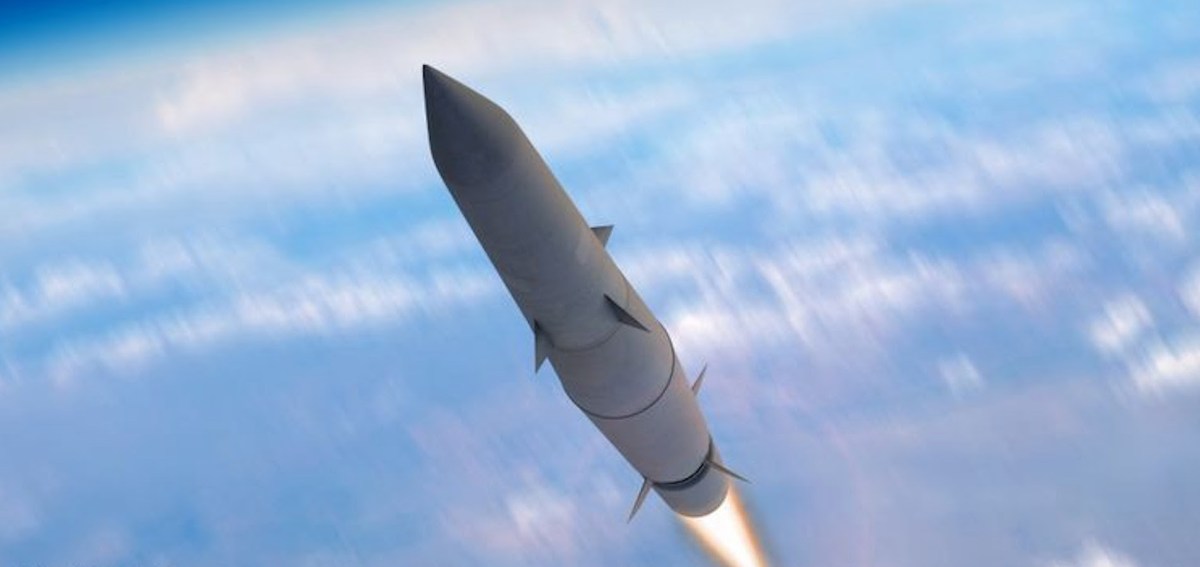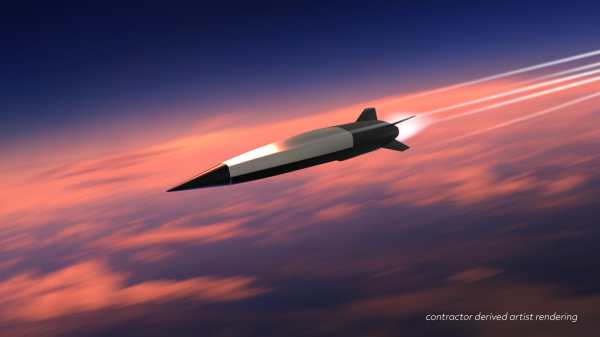MDA taps Northrop Grumman to move forward in Glide Phase Interceptor program

The Missile Defense Agency has picked Northrop Grumman as the sole contractor to continue development for the Glide Phase Interceptor (GPI) program, an effort to field an advanced missile that can destroy enemy hypersonic weapons.
The GPI program looks to develop a system that can intercept and defeat incoming hypersonics while they are flying through the edges of the Earth’s atmosphere, also known as the glide phase. The missiles will be fired from Aegis-equipped U.S. Navy destroyers and the Aegis Ashore system.
The U.S. Missile Defense Agency — which is leading the program in partnership with Japan’s Ministry of Defense — expects Northrop Grumman’s selection to result in follow-on development and production, according to the agency.
“Today’s decision represents a turning point for hypersonic glide phase defense,” MDA Director Lt. Gen. Heath Collins said in a statement. “I’m very proud of the entire team including our industry partners, for all the hard work to get to this point. It is also an honor to have Japan as our partner as we move forward on this critical counter-hypersonic capability.”
Hypersonic missile defense has been a modernization priority for the Pentagon, as key adversaries such as China and Russia advance development of their own systems. The weapons are able to reach speeds of Mach 5 or greater and maneuver through the Earth’s atmosphere, making it difficult for traditional air defense systems to intercept them.
Washington and Tokyo signed an official GPI cooperative development project arrangement for the program in May, which tasked Japan to lead development of rocket motors and propulsion components for GPI, according to the Defense Department.
Northrop Grumman beat out RTX for the continued development work. Both companies received other transaction agreements (OTAs) for the program in 2022 after Lockheed Martin was booted from the effort. In 2023, the agency transitioned both Northrop and RTX’s designs for the GPI program to the “technology development phase” — equivalent to a Milestone A decision.
The agency requested $182 million for GPI in its fiscal 2025 budget request. It plans for the missiles to reach initial operational capability by the end of 2029 and full operational capability by the 2030s.
Under its existing OTA contract, Northrop Grumman will continue to refine GPI’s preliminary design; demonstrate system performance in hypersonic environments ahead of the program’s preliminary design review; conduct company-led flight experiments; and leverage digital engineering tools to accelerate the design process, the company said in a release.
Northrop’s GPI design features advanced “seeker for threat tracking and hit-to-kill accuracy, a re-ignitable upper stage engine used for threat containment and a dual engagement mode to engage threats across a wide range of altitudes,” according to the contractor.
“GPI adds mission critical standoff to warfighters in scenarios where distance creates an advantage. Tailorable to a multitude of mission requirements, Northrop Grumman’s revolutionary solution is designed to perform in the evolving threat landscape,” Wendy Williams, Northrop Grumman’s vice president and manager of launch and missile defense systems, said in a statement.






